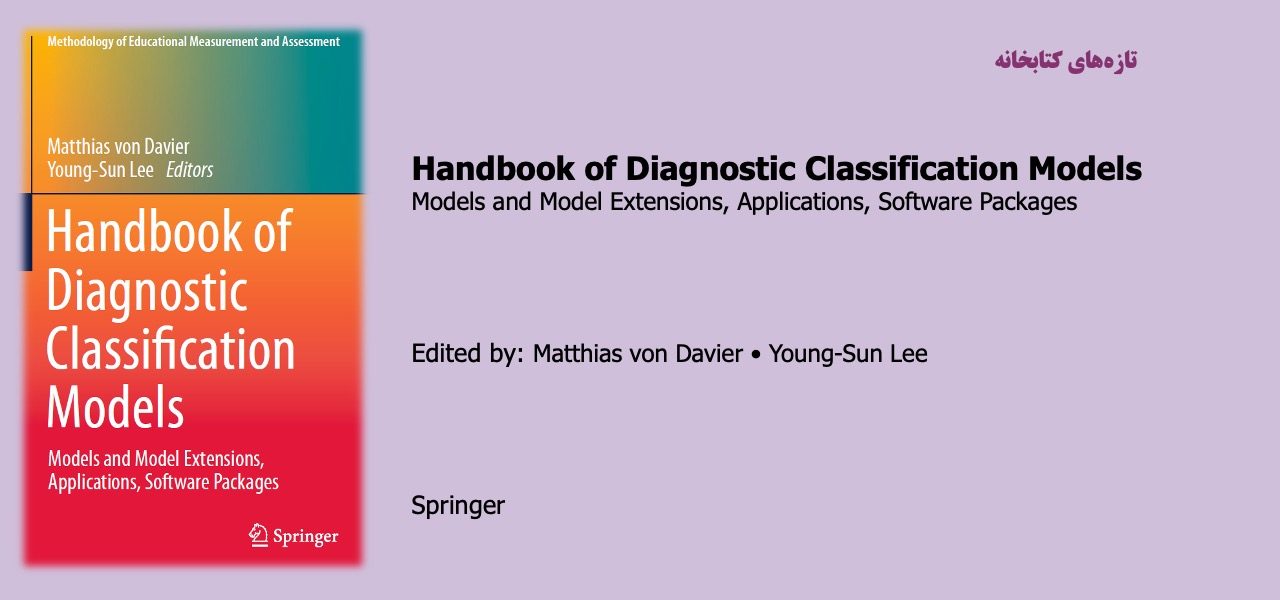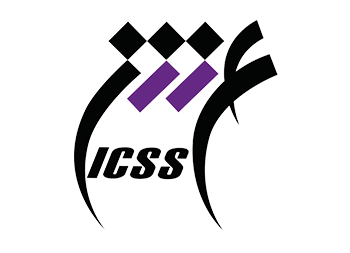Handbook of Diagnostic Classification Models

The Handbook of Diagnostic Classification Models represents a collection of chapters reviewing diagnostic models, their applications, and descriptions of software tool, written by leading experts in the field. This volume covers most (one can never claim completeness) of the current major modeling families and approaches as well as provides a resource that can be used for self-study, teaching, or research that applies or extends the materials included in the book.
While virtually any project of this type takes longer than expected, and many will be tempted to remind us that Murphy’s law strikes almost surely, we were amazed by the willingness of all contributors to put in the hours to finish their chapters and to review other chapters and, finally, to revise their contributions in order to help putting together a coherent volume. We hope that this process, together with some occasional assistance from the editors and the publisher, helped to compile a multi-authored work together that covers most aspects of doing research around diagnostic modeling.
We also want to remind readers as well as ourselves of colleagues who passed away and who leave a void in the research community. We lost Kikumi Tatsuoka, of whom one can truthfully say that her rule space approach is one of the major roots, maybe even the most important one, of this field. In her long career, she shaped many aspects of diagnostic modeling, and we should recall that, among these, the Q-matrix is one of the central building blocks present in the vast majority of these methods. The rule space method is described along with other early approaches in Chap.
مطالب مرتبط

اصول روان درمانگری و مشاوره با رویکرد اسلامی (مفاهیم، فرآیند و فنون)
۲۶ / بهمن / ۱۴۰۳

آموزش مهارت نوشتن از منظر شناختی
۲۶ / بهمن / ۱۴۰۳


